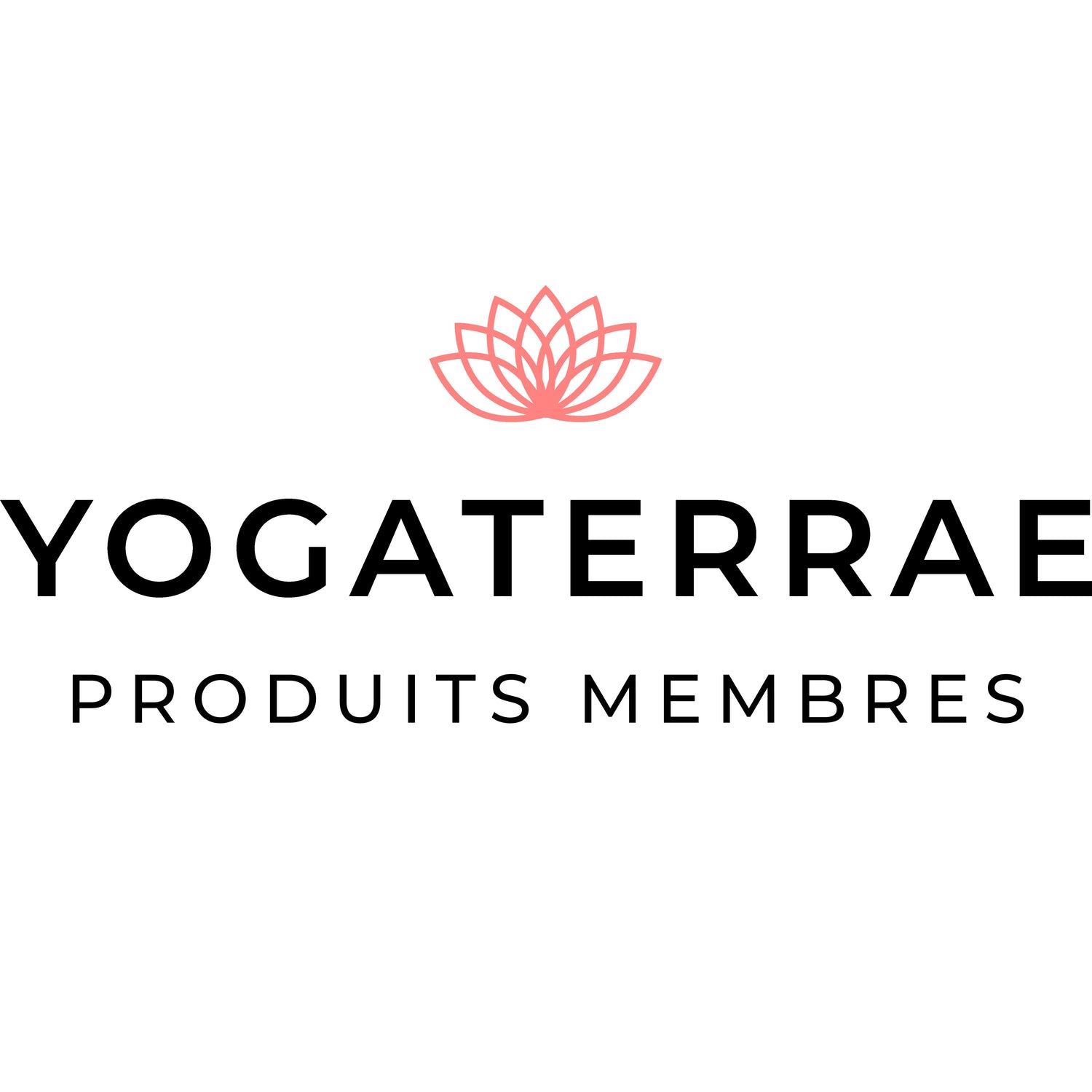WHICH YOGA MAT TO CHOOSE WITH SUMMER JUST AROUND THE CORNER?
Summer is approaching, and with it the desire to reconnect with oneself in the light of day.
Whether you take up yoga on your terrace, by the lake or in the studio, the choice of mat is essential to accompany your practice with comfort, grip and serenity.
Discover our tips for finding the ideal companion for your summer sessions, non-slip, ethical, lightweight... and perfectly aligned with your breath for this coming summer of 2025.
Written by TINA - May 2025
Inklapbare content
Reading time
Approx. 10 minutes
WHAT YOU'RE ABOUT TO DISCOVER
- Which yoga mat should you choose for summer, indoor or outdoor use?
- Which thickness is best for your style of yoga (gentle, dynamic, hot...)?
- Which materials are non-slip, ethical and durable?
- Why is natural rubber so popular with demanding yogis?
- How do you know if a mat is suitable for beginners or advanced practitioners?
- Is a good yoga mat a myth?
"Let's take a look!
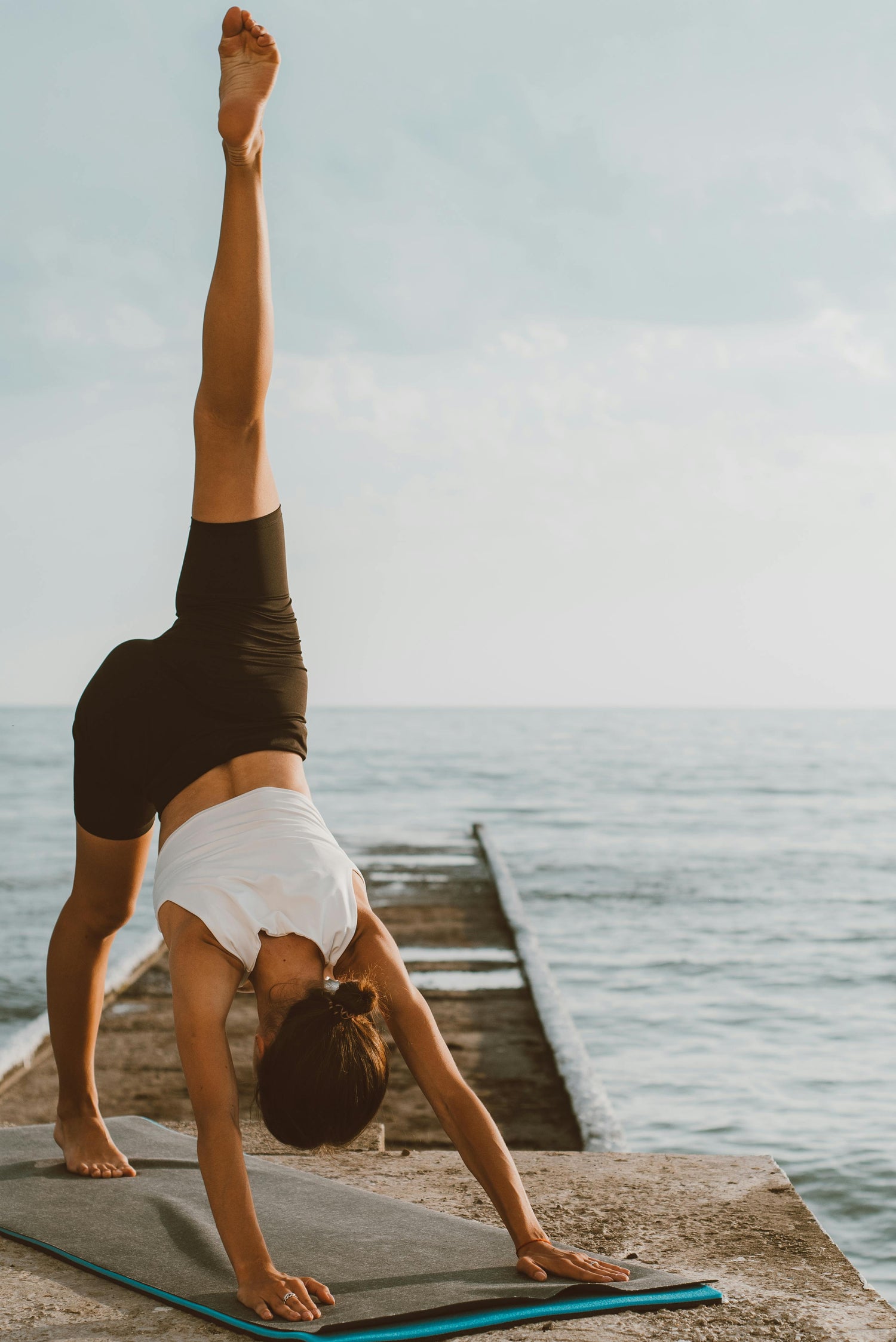
SUMMER = PERSPIRATION: OPT FOR AN ABSOLUTELY NON-SLIP MAT
As summer approaches, yoga practice gains in intensity. Temperatures rise, sessions take place outdoors, and perspiration becomes a reality. When your hands or feet become sweaty, an ill-adapted mat can turn your flow into a source of instability, even frustration. The risk of slipping is real, especially in supportive postures such as downward dog, warrior II or handstand.
To guarantee the safety and comfort of your practice, it's best to opt for a non-slip yoga mat, capable of remaining stable whatever the conditions. The best-performing models combine a natural rubber base, which provides excellent grip on the floor, with a polyurethane (PU) surface, renowned for its ability to remain adherent even in wet conditions. Today, this duo is considered a benchmark a benchmark among demanding practitioners and professional studios.
Other materials exist, but their effectiveness varies. TPE, often used for its lightness, is limited as soon as sweat appears: it loses grip and becomes slippery. Cork, appreciated for its naturalness, offers good dry grip, but can be less reliable in summer or in humid heat. As for microfiber, it works in the opposite way: slippery when dry, it becomes grippier with sweat, provided you practice intense yoga or deliberately wet the surface.
Yogaterrae offers a complete range of yoga mats designed to meet the varied needs of every practitioner. Whether you're a fan of dynamic sessions in the sunshine, gentle indoor flows, meditative practices or hot yoga, our mats have been designed to offer grip, comfort and ethics. Each model is the fruit of demanding research, combining responsible materials, technical performance and inspiring aesthetics, so that everyone can find the mat that supports their practice... and elevates their experience.
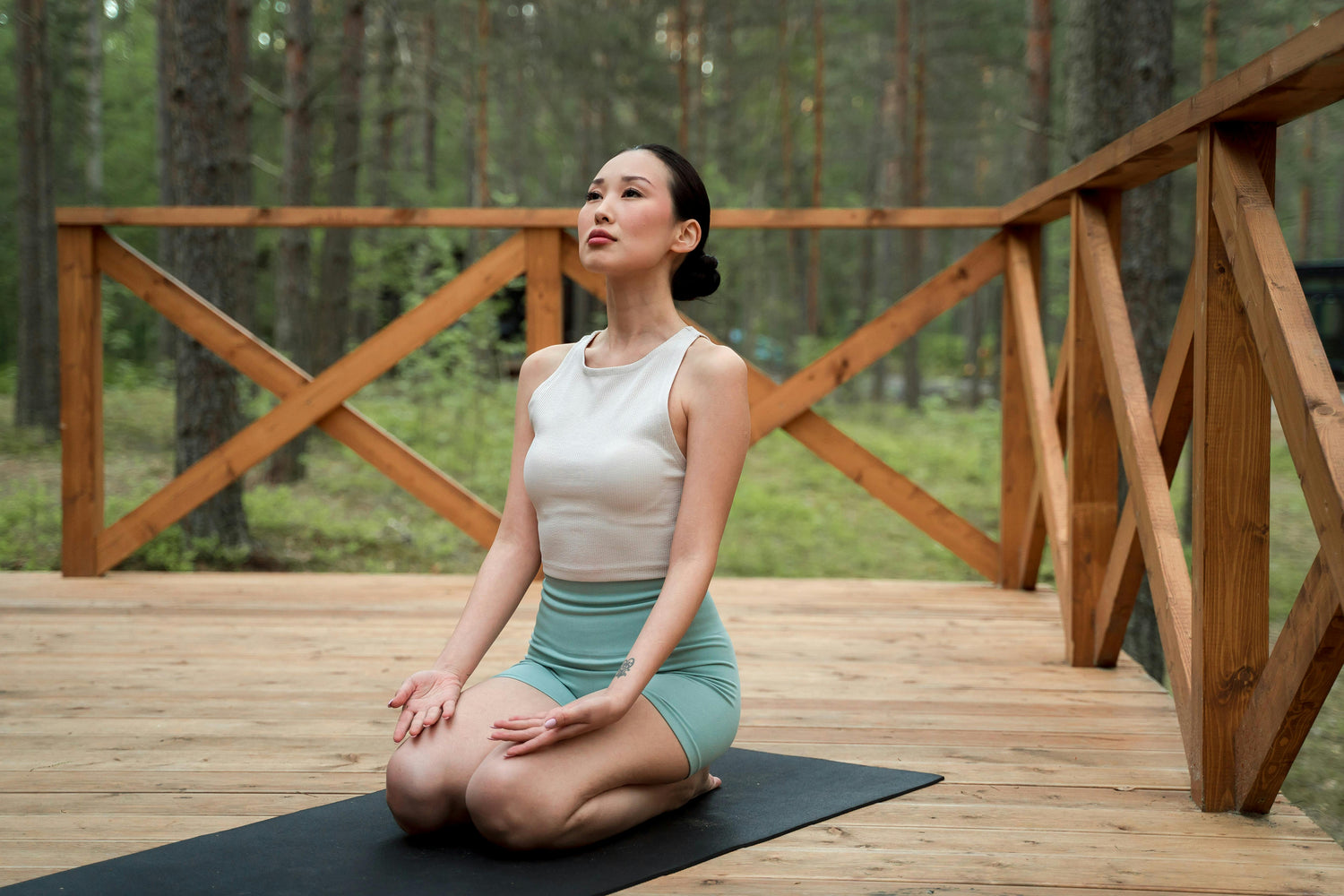
GENTLE OR DYNAMIC? THE RIGHT CHOICE OF THICKNESS
Thethickness of your yoga mat directly influences your comfort, stability and the fluidity of your transitions.
Too thin, it may lack support.
Too thick, it can hamper anchoring in certain standing postures.
That's why choosing the right thickness for your yoga style is essential for a safe and enjoyable practice.
For gentle practices such as Yin Yoga, Hatha or meditation, a 5-6 mm thick mat is often recommended. It offers a soft feel, ideal for prolonged rests on knees, pelvis or elbows. This type of mat also provides welcome joint protection, especially for beginners or those returning to yoga.
Conversely, dynamic yogas - Vinyasa, Ashtanga, Power Yoga - require greater stability. In this case, a a 3 to 4 mm thick yoga mat thick yoga mat provides better contact with the floor, promoting balance, precision and a fluid sequence of postures. It supports movement without creating imbalance.
Nomadic practitioners, those who travel or go to studio after studio, can turn to thin, lightweight mats (1 to 2 mm), which are easy to fold or roll up, slip into a bag and take everywhere. These models are also popular as over-mats to be laid over studio mats, for enhanced hygiene and personal comfort.
At Yogaterrae, we believe that the right yoga mat is the one that follows your rhythm, respects your body and accompanies your evolution. Theideal thickness depends on you, your practice, your sensations... and sometimes even the season.
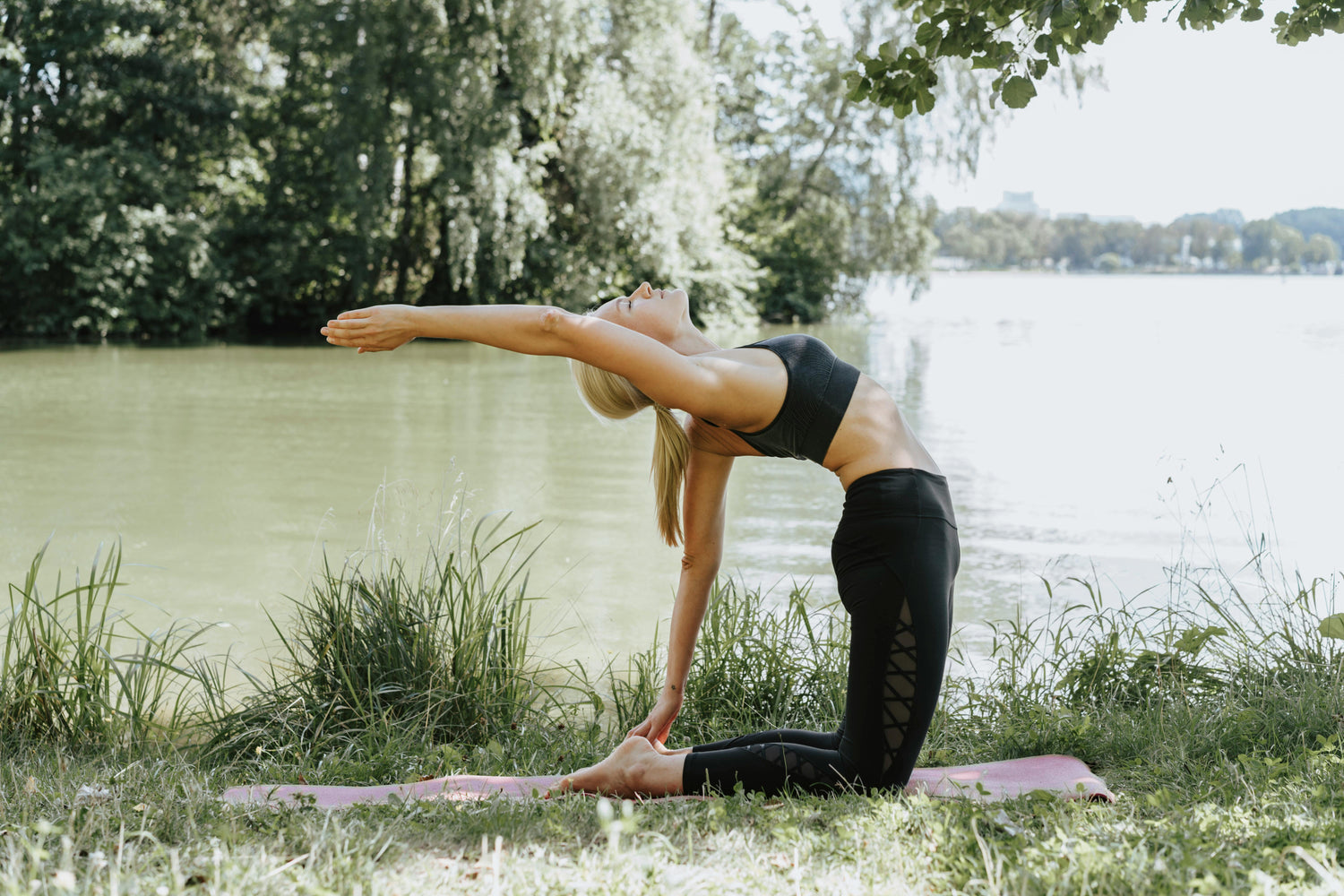
NON-SLIP, ETHICAL, LONG-LASTING, WELL-BEING: THE MOST RELIABLE MATERIALS IN THEIR DIVERSITY FOR YOUR YOGA MAT
Today, more and more practitioners are looking for an ecological yoga mat, without compromising on performance. This is a legitimate demand: our equipment must respect our body, our practice and theenvironment in which we evolve. But not all materials are created equal.
Natural rubber is considered one of the most complete materials. Derived from the sap of the rubber tree, it offers exceptional grip, even on smooth surfaces, and remarkable durability. Its density guarantees excellent stability when standing, while its suppleness absorbs pressure without sagging. Biodegradable and naturally slip-resistant, rubber is a responsible choice... provided it comes from sustainably managed plantations, without harmful treatments.
Combined with polyurethane (PU), it forms a highly technical surface. PU is used for itsgrip properties under perspiration, making it an ideal ally for intense or summer riding. It maintains a constant grip, even in humid conditions. When treated without solvents or PVC, this material remains perfectly compatible with an ethical approach.
Other alternatives do exist. Cork, for example, is naturally antibacterial, renewable and pleasant to the touch. It has good dry grip, but can become slippery with ambient humidity or sweat. It's best suited to mild practices and temperate temperatures.
TPE, on the other hand, is a lighter, more economical synthetic material. It may be suitable for occasional or beginner use, but offers limited grip in case of perspiration, and less durability.
Last but not least, microfiber is a material often used on the surface, notably in mats designed for hot yoga. It works in the opposite way to the others: slippery when dry, but adherent when wet. It becomes non-slip only if the body perspires sufficiently, or if the surface is deliberately moistened with a spray. Microfiber is soft and pleasant to the touch, but requires active perspiration from the start of the session, which is not suitable for all types of exercise.
At Yogaterrae, we select our materials to offer a balance of performance, ethics and durability. Our high-end natural rubber + PU, cork or TPE mats meet the requirements of every yogi, from the most nomadic to the most grounded, for an aligned, fluid and conscious practice.
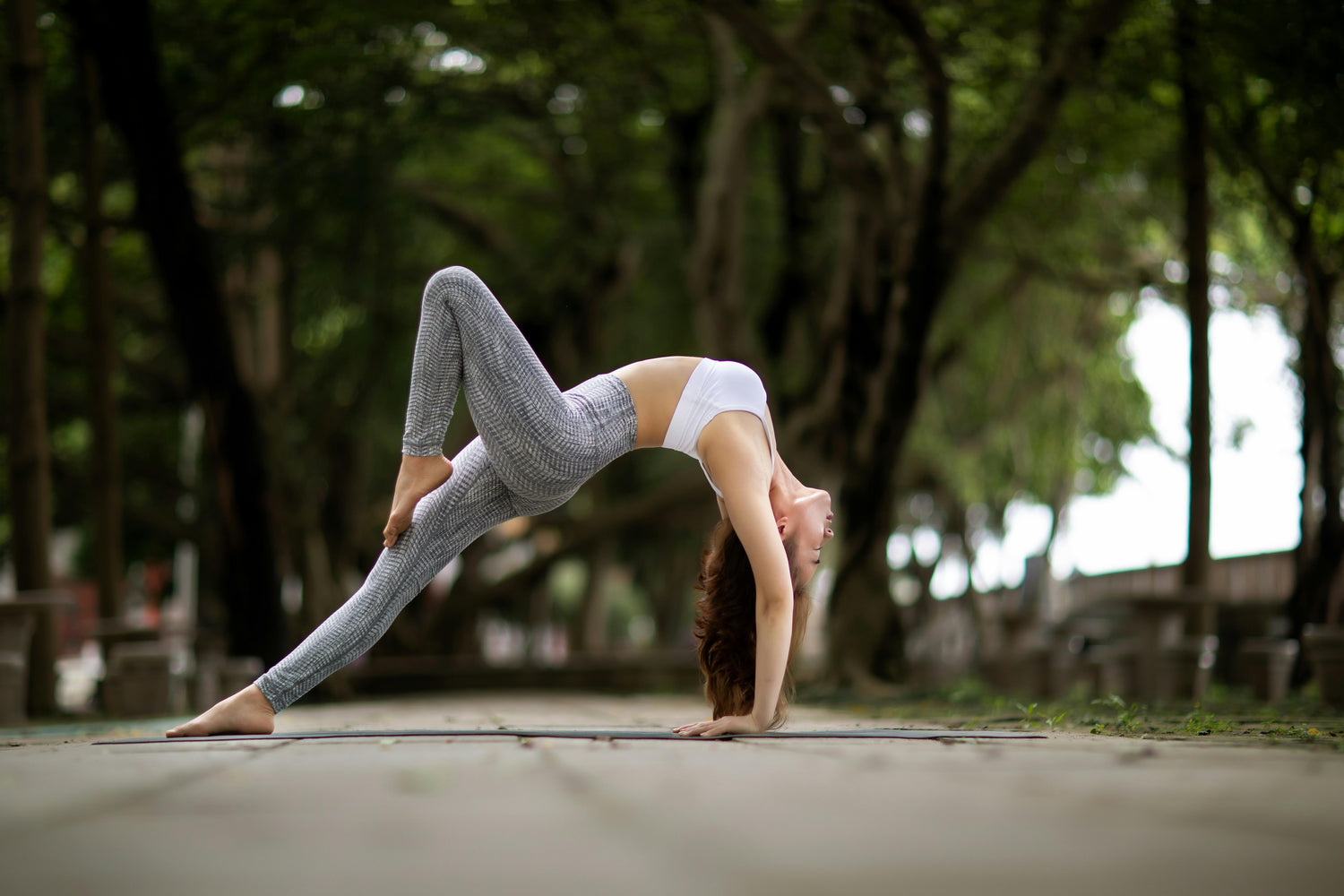
THAT'S WHY NATURAL RUBBER IS SO POPULAR WITH EXPERT AND DEMANDING YOGIS AND YOGINIS.
Natural rubber deserves a dedicated chapter, both educational, technical and SEO-friendly, as it corresponds to the MAUNA KEA-branded high-end core of Yogaterrae mats.
Today, natural rubber is considered one of the most advanced materials for regular, intensive or ethically committed yoga practitioners. Unlike the synthetic materials more commonly found in entry-level ranges, rubber offers a rare combination of stability, grip and respect for the environment.
Derived directly from the sap of the rubber tree, natural rubber is a renewable resource that does not require heavy chemical processing to harness. It contains no PVC, synthetic latex or phthalates, making it a popular choice for people concerned about their health and the toxicity of their equipment. It's a dense yet supple material, capable of supporting the joints while providing excellent anchorage in both static postures and fast sequences.
What experienced yogis particularly appreciate is its ability to remain non-slip even under demanding conditions: dynamic practices, heavy sweating, or uneven floors. A natural rubber mat doesn't slip, doesn't roll up on the edges, and provides a stable, quiet surface that promotes concentration and fluidity of movement.
So it's true that natural rubber can give off a raw, vegetal scent when opened. This scent is totally natural - it reflects the absence of chemical perfumes or masking treatments. It quickly fades with use, especially if the mat is aired for a few hours in a ventilated area. It's a marker of authenticity that many practitioners associate with the quality of the material.
Beyond its technical qualities, this material also has a more subtle dimension: it gives the sensation of being connected to a living, slightly textured, absorbent, natural material under the hands and feet. It's not uncommon for those who switch to natural rubber to never go back, so transformed is the quality of their practice.
At Yogaterrae, we use responsibly sourced natural rubber from sustainably managed forests, without aggressive solvents or heavy chemical treatments. It forms the basis of our top-of-the-range mats, designed for advanced practitioners, teachers and all those who want equipment that matches their commitment.
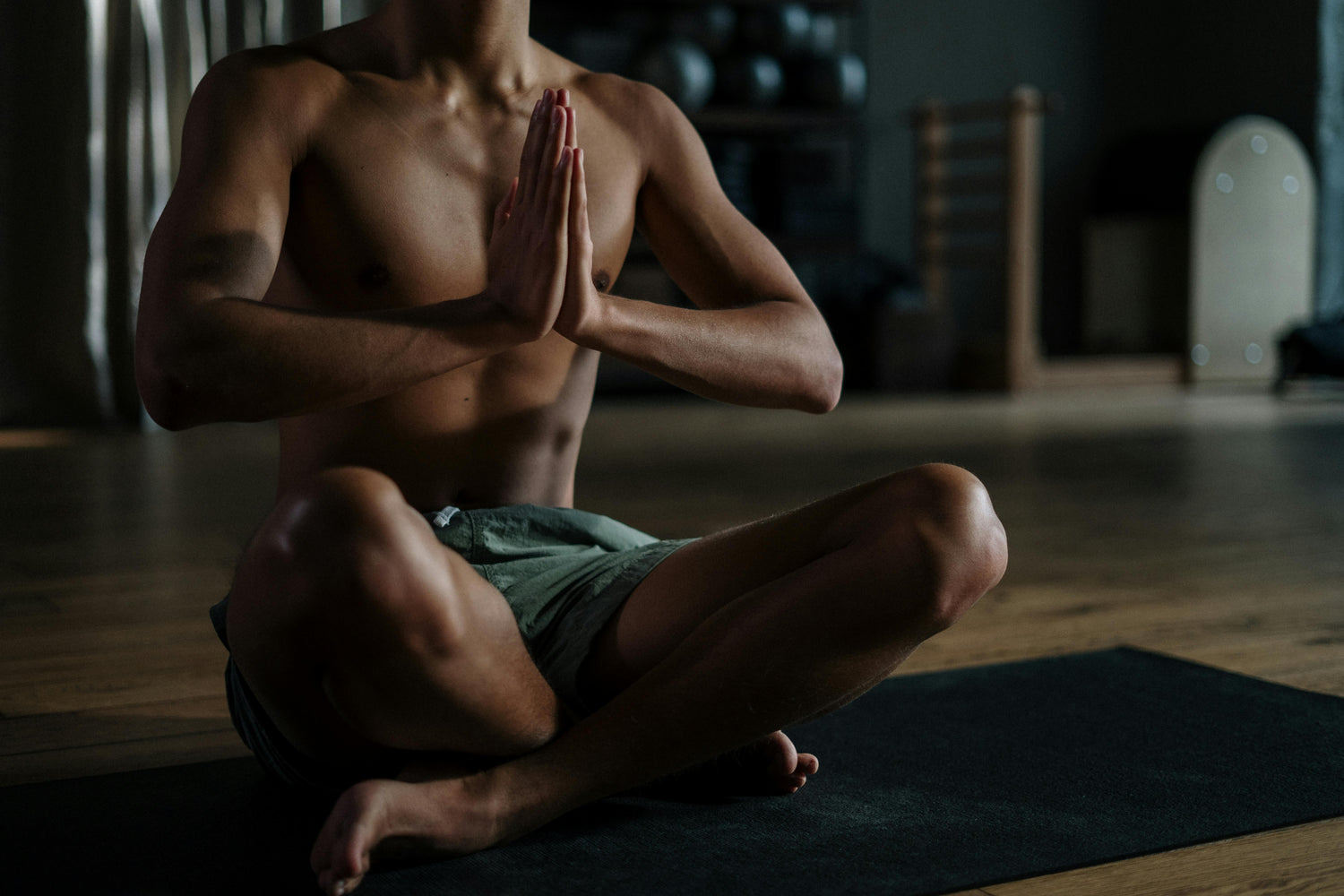
HOW DO YOU KNOW IF A MAT IS SUITABLE FOR BEGINNERS OR ADVANCED USERS?
Not all yoga mats are created equal, and it's not just a question of budget. Between a first mat bought to discover the practice and a model designed to accompany a demanding daily workout, expectations are not the same. So it's essential to choose a yoga mat that's adapted to your level, your progress... and your ambitions.
For beginners, the main criterion is often comfort. A thicker mat, around 6 mm, will provide more softness under the joints, which is reassuring and pleasant during the first sessions. It can also alleviate discomfort in long-held postures, and make transitions smoother. A yoga mat for beginners should also be easy to maintain, light to carry and, above all, stable enough not to interfere with the learning of postures.
On the other hand, an advanced practitioner is looking for a more technical mat, with better grip, uncompromising stability and optimized thickness for anchoring. A non-slip surface, capable of resisting perspiration, becomes essential. The ideal thickness is around 3 to 4 mm, to guarantee a good feel for the ground without sacrificing comfort. Natural rubber + PU mats are particularly appreciated for this: they enable fluid, precise and safe practice, whatever the intensity of the flow.
But level alone is not enough. The right yoga mat is also the one that suits your style, your body and your progress. Some beginners go straight for a top-of-the-range mat to ensure they progress in the best possible conditions. Other experienced practitioners prefer a minimalist model to reconnect with the essentials.
At Yogaterrae, each mat is designed to support each individual's own style of yoga. Our models combine technicality, ethics and design, so that everyone can choose not "the best mat", but their own - the one that supports their practice and respects their rhythm.
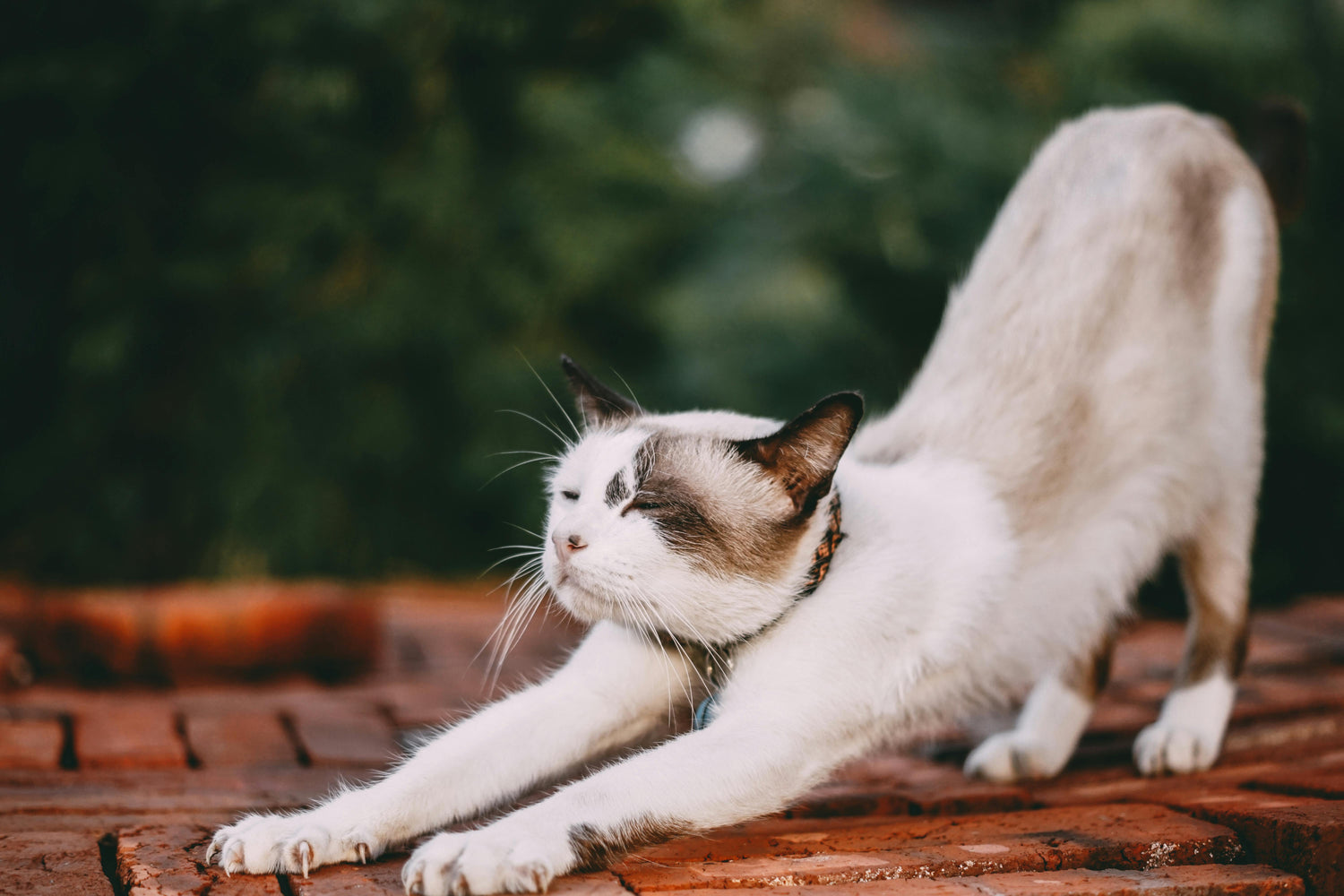
THE RIGHT YOGA MAT IS NOT A MYTH: IT EXISTS FOR EVERYONE
Whether you're starting out in a local hall, taking an intensive course in the great outdoors or practising assiduously at home, the choice of yoga mat remains a key moment. The mat becomes more than a support: it's a genuine personal space, a surface for anchoring, transformation and confidence.
But there is no such thing as a universal mat. There is the right mat for every yogi or yogini. Some need maximum grip for powerful flows. Others need a soft touch for their yin sessions. Still others want a thin, compact mat to slip into a carry-on suitcase.
At Yogaterrae, we believe that the right yoga mat can change everything. That's why we offer a complete collection, designed around carefully selected materials - natural rubber, technical PU, natural cork, entry-level TPE, 2-ply microfiber - and adapted to all yoga styles, levels and aspirations.
Each of our models is carefully designed, tested in real-life conditions, and comes with clear recommendations for finding the mat that's right for your practice. Non-slip, durable and eco-responsible, they embody the Yogaterrae philosophy of combining beauty, fairness and usefulness.
Still hesitating? Explore our selection of yoga mats classified by material and graphic style, typical of Studio Yogaterrae since its beginnings at the end of the world: beginner, expert, nomadic, intense, gentle or ethical.
There's already a mat waiting for you, and it may be the start of a long journey.
Help your little friend find his too!
Just relax! It might just be the perfect companion for your summer sessions :)
Thank you TINA for this post
Thank you for sharing this moment of reading with us.
Explore our collection of yoga mats and find the right one to accompany you in your practice.
At Yogaterrae, we believe that a good mat can transform a session, and sometimes much more. Yours may already be waiting for you.
TINA's bio
-

TINA
1994, Reunion Island & Mauritius, a Life inspired by the Indian Ocean and Yoga
Since childhood, this intrepid traveler has criss-crossed the globe, leaving her footprints on beaches the world over.Passionate about surfing, scuba diving and sailing, she has made the ocean her playground and source of inspiration.
The freedom of the waves, the serenity of the ocean depths and the wind in his sails have punctuated his journey, always guided by a quest for connection with nature.
Through her explorations, yoga has become more than a practice for her - it's a way of life.
Between morning surf sessions and meditative sunsets, she has found in yoga a perfect balance of strength, fluidity and self-awareness.
Today, she combines her passion for water sports with teaching yoga and is part of the Yogaterrae team, here in France, in the South-West and often remotely :)
This adventuress is a true source of inspiration for anyone who aspires to live in harmony with their body and nature.
Through her stories of incredible experiences, she invites everyone to open up to a world where every wave, every breath and every posture is a celebration of life.
